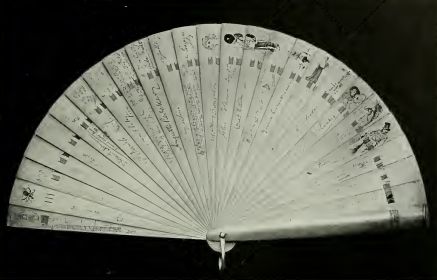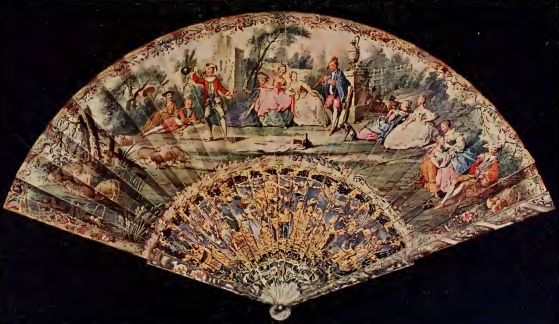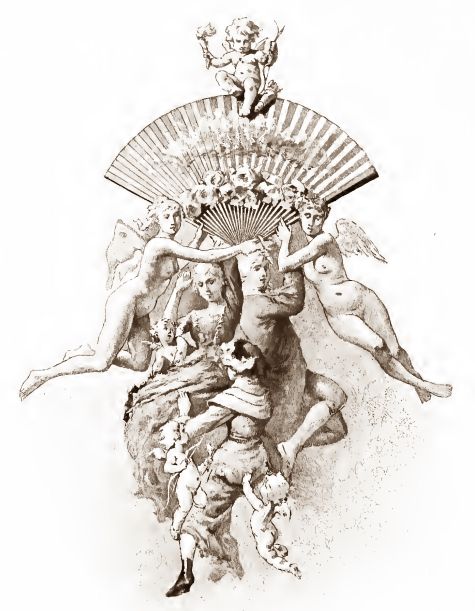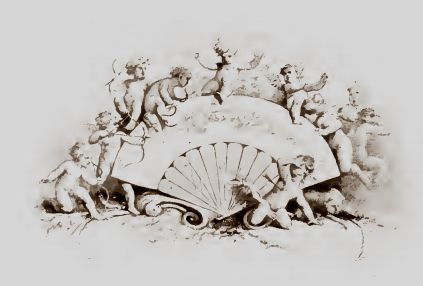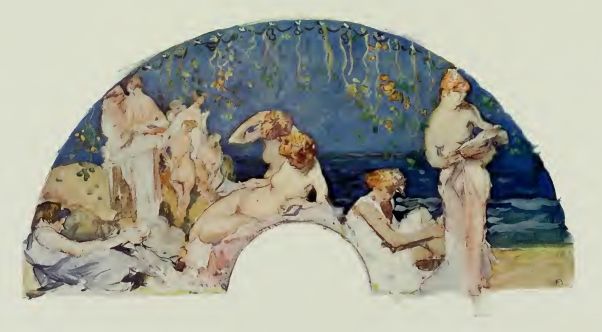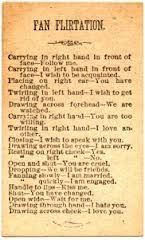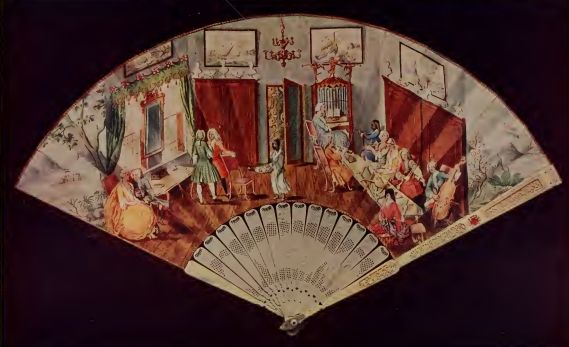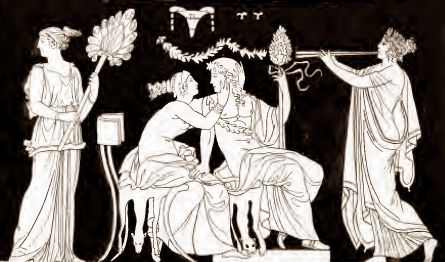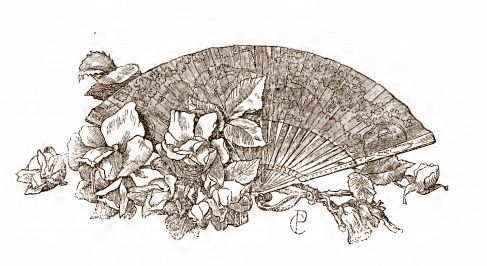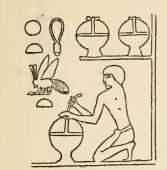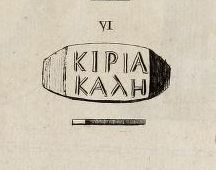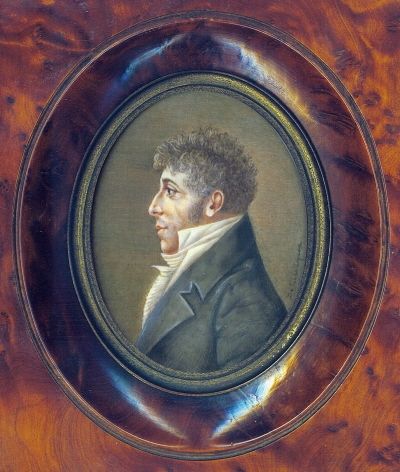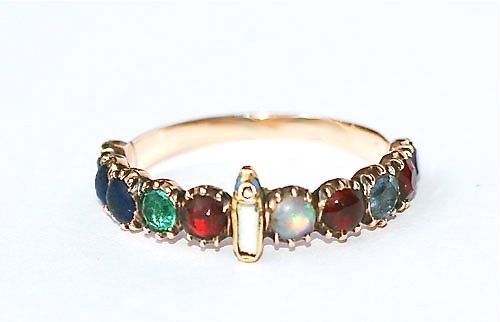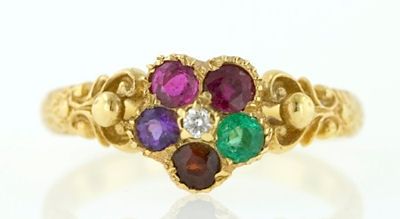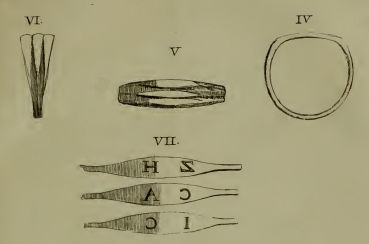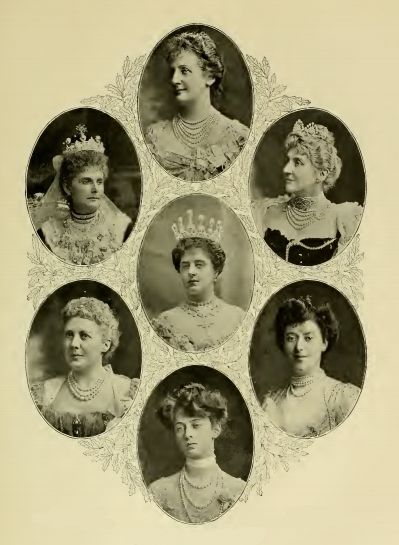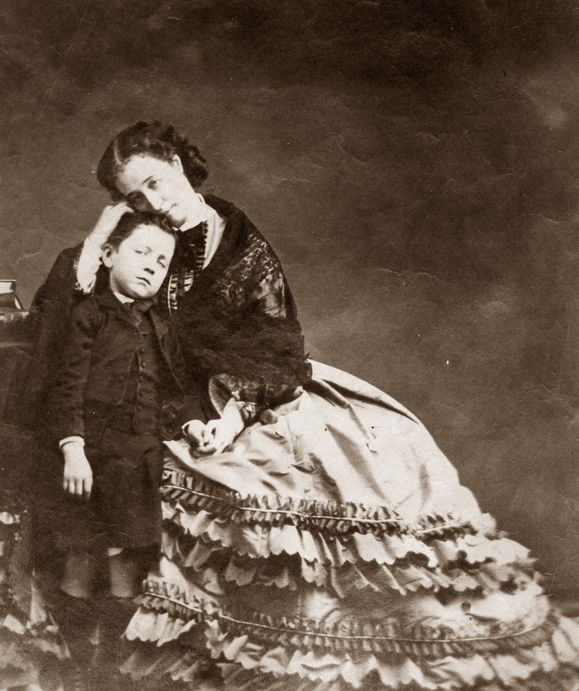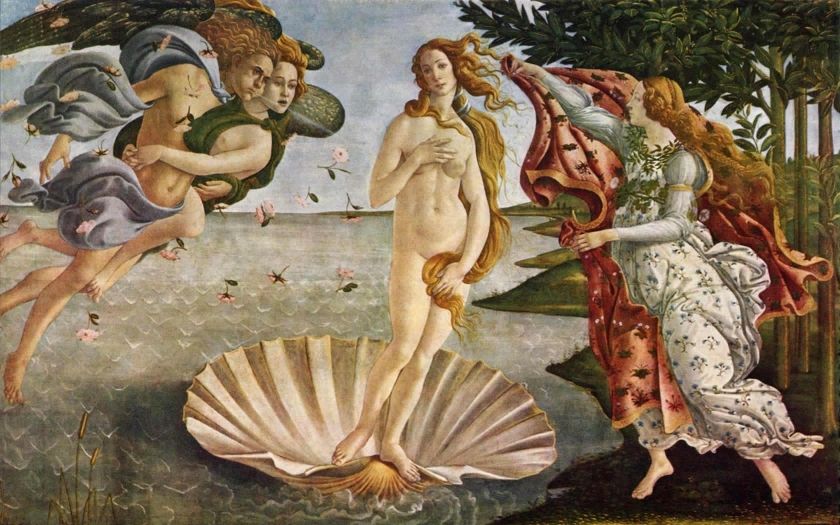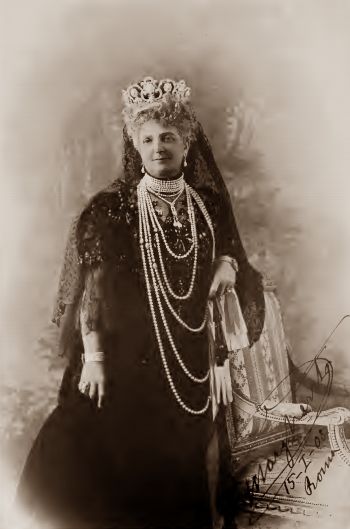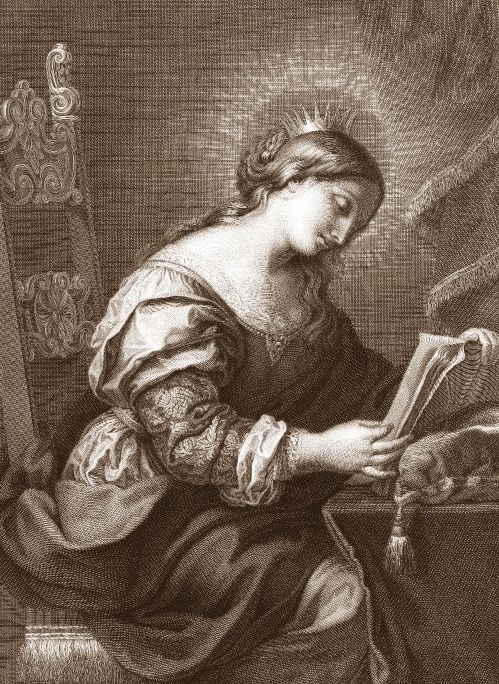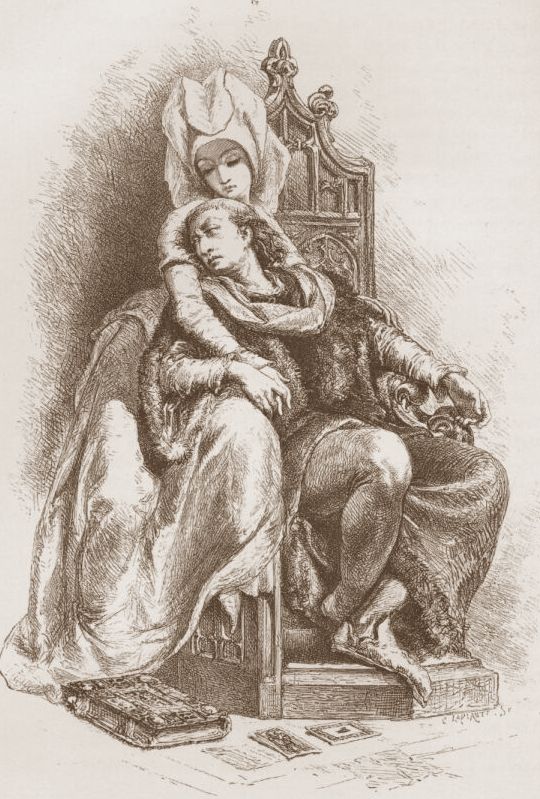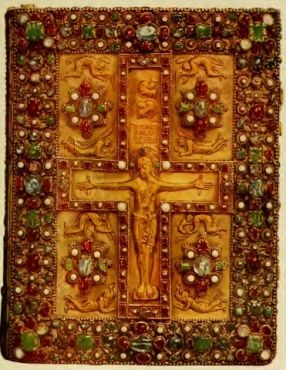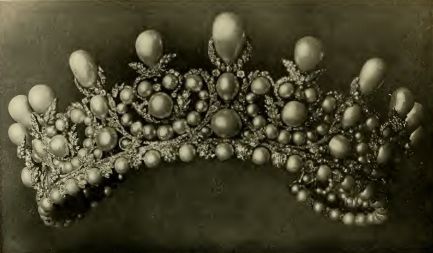There's rosemary, that's for remembrance;Pray, love, remember: and there is pansies. That's for thoughts.
There's fennel for you, and columbines:There's rue for you; and here's some for me:We may call it herb-grace o' Sundays:O you must wear your rue with a difference.There's a daisy: I would give you some violets, but they withered all when my father died.Shakespeare, Hamlet, Act IV Scene V
Ophelia knew of what she spoke, even in her madness.
Symbolic meanings have long been attached to flowers, but it was not until Lady
Mary Wortley Montagu and Aubry de La Mottraye introduced floriography into
England and Sweden respectively, in the early eighteenth century from Ottoman
Turkey, that the practice took hold in the popular European imagination, as part
of the new craze for all things Orientalist.
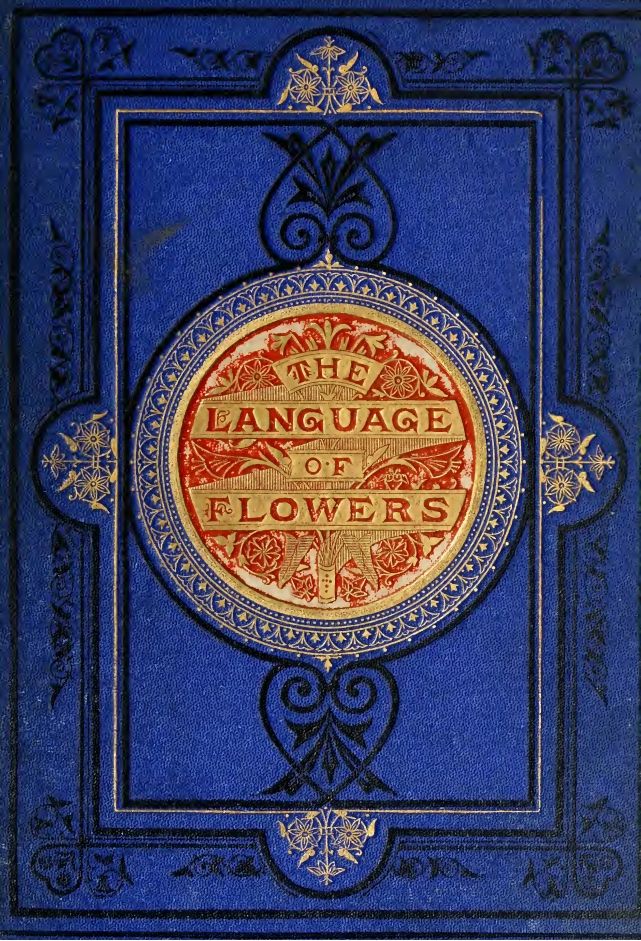 |
| Robert Tyas - The Language of Flowers |
Before long, the scant
descriptions of Montagu and La Mottraye were added to by a long series of
writers, from Louise Cortambert’s Le Language des Fleurs (1819), through
Henry Phillips’ Floral Emblems (1825), Frederic Shoberl’s Language of
Flowers (1834) and Robert Tyas’ Sentiment of Flowers (1836), with an
immensely popular edition published by Routledge and illustrated by Kate
Greenaway in 1884.
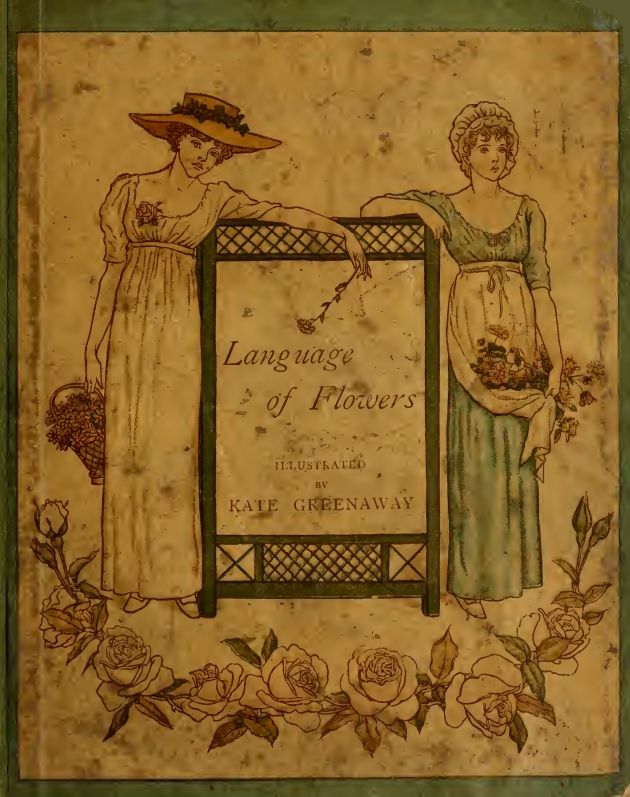 |
| Language of Flowers - illustrated by Kate Greenaway |
A popular method of describing the meanings of individual
flowers was the weekly or monthly columns published in magazines and
newspapers, which could run over several years without repeating themselves.
With such an immense field, there were bound to be conflicting interpretations
of the plants and flowers, although in time a general consensus of opinion
emerged.
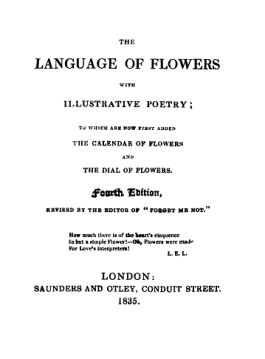 |
| Frederic Shoberl - The Language of Flowers - 1835 |
The strength of the medium lay in the ability to use the various
individual blooms and plants in combination, thereby producing a ‘phrase’
derived from the meanings of the separate flowers, with the whole being greater
than the individual parts.
 |
| Page from Greenaway's Language of Flowers |
Thus it was possible to send very subtle and precise
messages within a single bouquet, declaring nuances of love and devotion,
friendship and sympathy, joy, piety, hope, despair, through to outright
animosity and hatred. Fresh flowers betrayed the immediacy of the message, and
news and thoughts could be conveyed without inking one’s fingers.
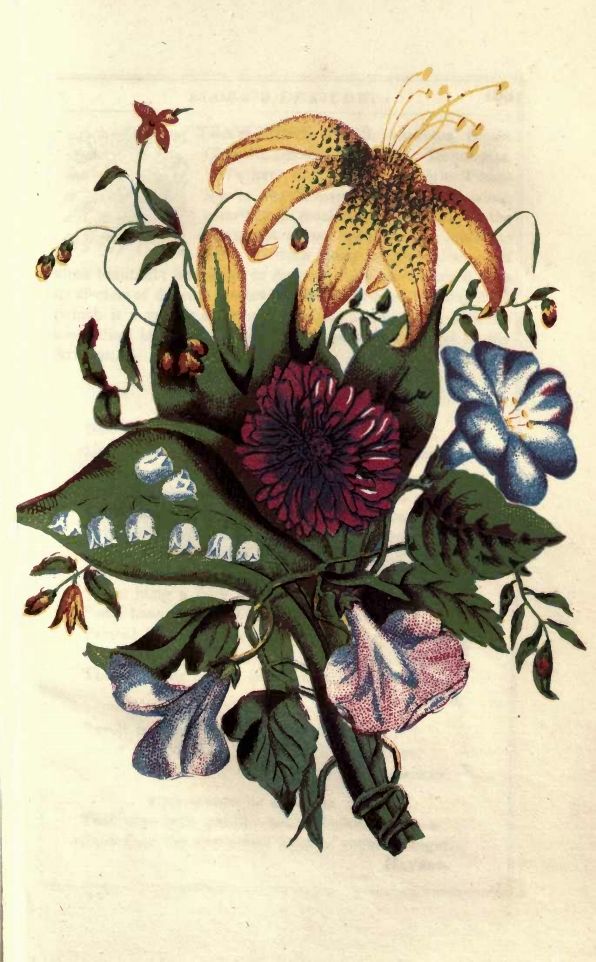 |
| Crown Imperial, Turk's cap Lily and Lily of the Valley |
This
illustration, from Flora’s Lexicon by Catharine H Waterman (1855), show
a combination of a Crown Imperial, Turk’s Cap Lily and Lily of the Valley,
which carries the meaning, ‘You have the power to restore me to happiness’.
 |
| Forget-me-not, Hawthorn and Lily of the Valley |
Another example, from Robert Tyas’s The Language of Flowers or Floral
Emblems (1869), has Hawthorn, Forget-me-not and Lily of the Valley combined
to give the sentiment to a departing loved one, ‘Forget-me-not! in that
rests my hope for the return of happiness.’
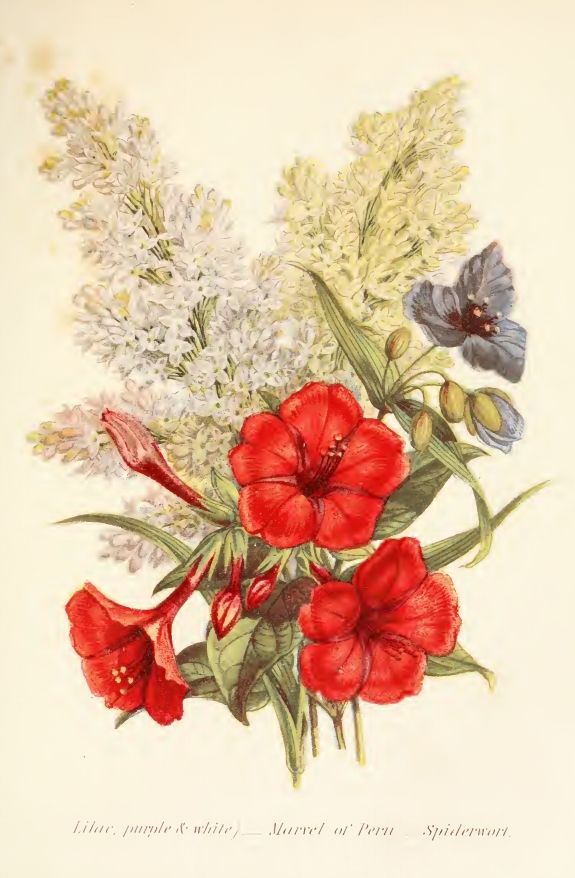 |
| Lilacs, Marvel of Peru and Spiderwort |
From the same work, a plate
showing Lilacs (Purple and White), Marvel of Peru and Spiderwort illustrates
fear and hope alternating in the mind of a youthful aspirant to beauty's
favour, ‘Youthful love is timid, and yields but transient pleasure'.
Even the presentation of the flowers within the bouquet carried meaning; a
rosebud or other thorny stem presented bearing both leaves and thorns meant ‘I
fear but I hope’, if both leaves and thorns were removed, it became a
warning, ‘neither to fear nor hope’, whereas taking away the thorns
meant, ‘there is nothing to fear’, but removing the leaves and keeping
only the thorns said, ‘there is everything to fear’.
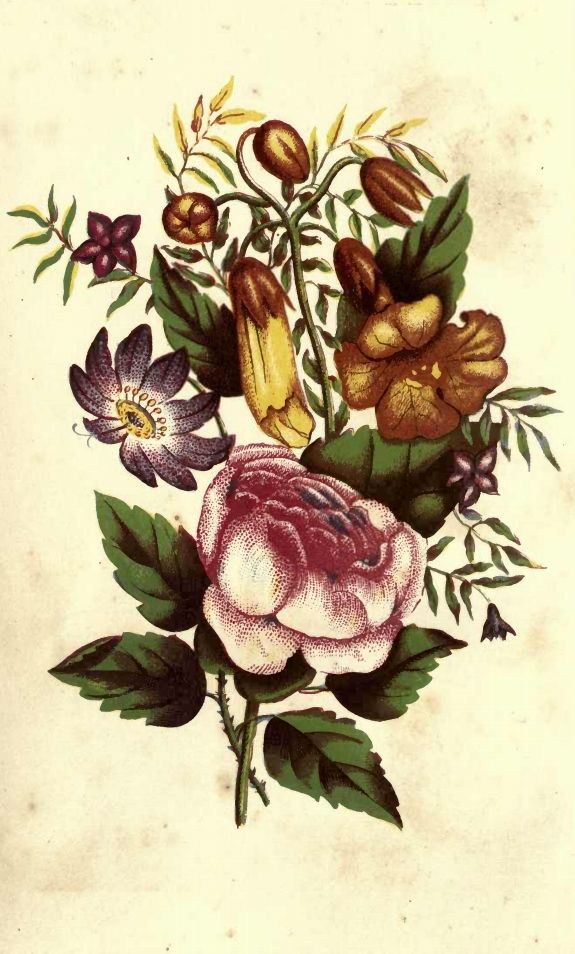 |
| Rose, Ivy, Myrtle - To Beauty, Friendship and Love |
And within the
bouquet itself, there was meaning. A flower presented with its leaves intact
meant a positive affirmation of its meaning, but taking off the leaves meant
that the negative sentiment was intended; in flowerless plants, cutting off the
tops of the leaves carried the same intent. When a flower is inclined to the
left, the pronoun ‘I’ is intended, when it inclines to the right, ‘thou’ is
meant; when tying a ribbon or silk band to a stem, a knot to left as you look
at it means ‘I’ or ‘me’, a knot to the front means ‘thou’ or ‘thee’. If an
answer to a question is being sent, a flower placed on the right replies in the
affirmative, on the left means a negative answer.
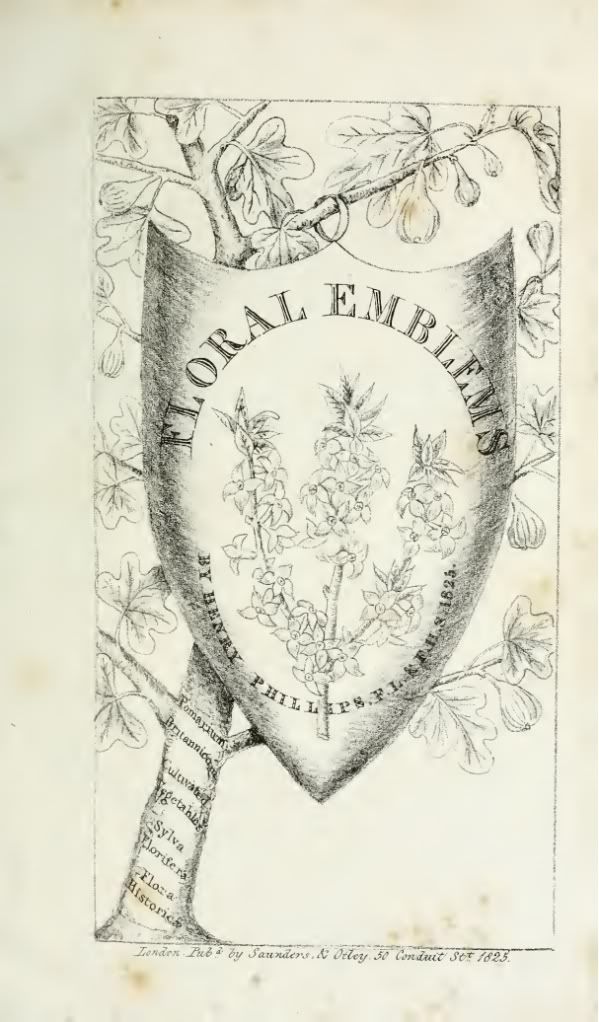 |
| Henry Phillips - Floral Emblems - 1825 |
When worn on the body, a
flower placed on the head means ‘caution’, on the breast it means ‘remembrance’
or ‘friendship’, and over the heart means ‘love’. To modern tastes, some of the
meanings seem reasonable enough – beauty by the full-blown rose, oblivion by a
poppy, glory by the laurel and peace by the olive, but others seem odd, to say
the least. How about sending your love a cabbage (profit), a potato
(benevolence) or a pineapple (you are perfect)?
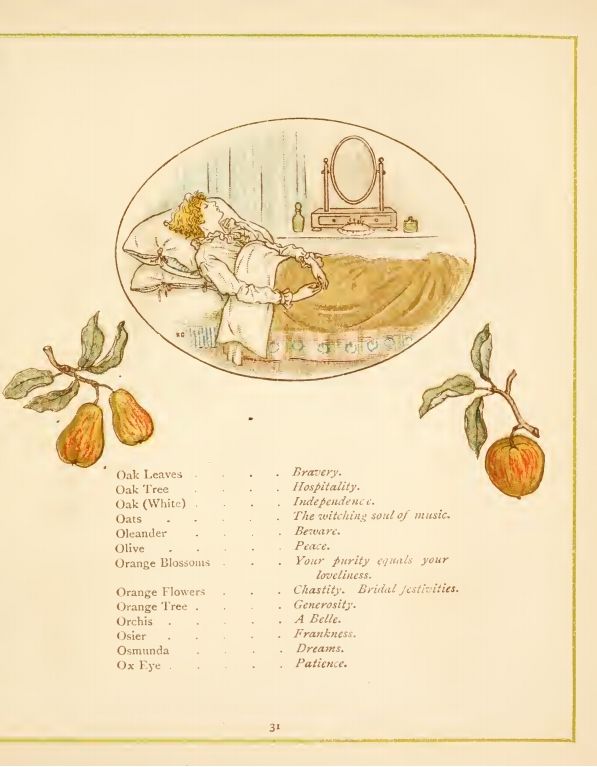 |
| Page from Greenaway's Language of Flowers |
Of course, if the messages were
as well known now as they were then, it would not seem in the least bit strange
and everything would be tickety-boo and, let’s face, it is a all little bit more
inventive and romantic than a dozen red roses on St Valentine’s Day or a mixed bunch of
scrawny dahlias, leggy carnations and an unidentifiable stalk of greenery
snatched at the last minute from a late-night filling station when you’ve
forgotten her birthday. Again.
